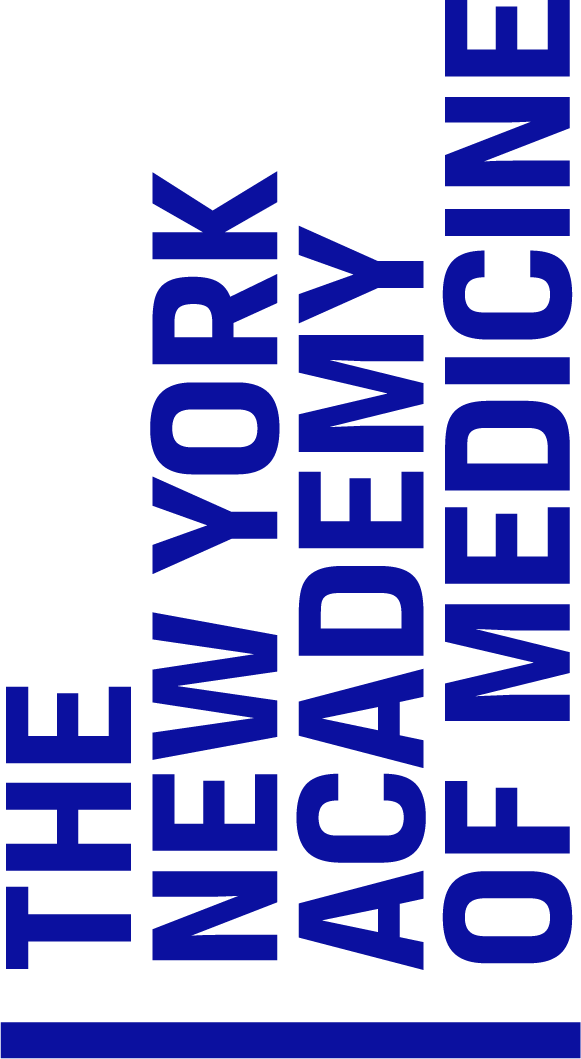Items
Warning message
You must authorize Drupal to use your Google Analytics account before you can view reports.(1 - 4 of 4)
- Title
- Engravings of the Arteries
- Description
- This early work by the Scottish anatomist Charles Bell was composed for medical students and aimed to offer accurately and simply-rendered illustrations of the arteries. It was used as a preparatory text for surgical study and practice. The ten engravings in this volume were hand-colored, and labelled with letters corresponding to explanatory descriptions of the arteries on the opposite page. Bell was an accomplished medical illustrator; the engravings were done by Thomas Medland after Bell’s drawings. For Bell, true anatomical understanding was aided in pairing accurate drawing with thorough description. Bell believed that a variety of bodies should be used as subjects, and that the artist must choose the most typical anatomical examples to copy accurately. Bell made important inroads in determining the sensory functions of the nervous system, and was an early advocate of the idea that different parts of the brain controlled different functions; his pioneering work on the brain and cranial nerves influenced the work of other important brain researchers for decades. Chief among his achievements are his very fine medical illustrations, unsurpassed in terms of efficiency of presentation and elegance. These are very much on display in this beautiful book.
- Subjects (LC)
- Anatomy, Arteries, Arteries—Surgery, Atlases, Engraving, Medical illustration, Medicine, Nervous system, Surgery, Surgery—History
- Title
- Here biginneth the inventorie or the collectorye in cirurgicale parte of medicene compiled and complete in the yere of oure Lord
- Description
- An illuminated and illustrated manuscript of the Chirurgia magna, or great surgery, by Guy de Chauliac. Attempting in the Chirurgia to collect the best medical ideas of his time, he compiled sources from Arabic and Greek writers, including Rhazes, Avicenna, Hippocrates, Aristotle and others. Guy wrote the first text of the Chirurgia in Latin at Montpellier, in approximately 1363. This text was published in many editions and remained the authoritative text on surgery through the seventeenth century. It consists of 181 pages of English black letter in double columns and lines lightly ruled in red. It is ornately illuminated in gold and silver with finely decorated floral borders and large floriated initials, heightened with gold leaf. The manuscript includes 24 drawings of surgical instruments. The calf binding dates to Henry VIII’s reign or to the Elizabethan era. The original brass and leather clasps are engraved with stars and lion heads. There has been dispute about the manuscript’s date, with authorities dating it between the late 14th and second half of the 15th century. The manuscript was sold with the Streeter collection to the New York Academy of Medicine in 1928.
- Subjects (LC)
- Early works to 1800, Illumination of books and manuscripts, Manuscripts, Medical illustration, Medicine, Medicine—History, Medicine, Medieval, Surgery—History, Surgical instruments and apparatus
- Title
- La methode curative des playes, et fractures de la teste humaine avec les pourtraits des instruments
- Description
- Ambroise Paré is renowned as the father of modern surgery. In obstetrics, Paré pioneered a new way of turning an infant in the uterus. He also made significant advancements in the treatment of hernias, the fitting of artificial limbs and eyes, and devised a new instrument to reduce hemorrhage after amputation. As with much of his work, the Methode Curative was widely distributed and reached a large audience. Long considered a classic text on the treatment of head wounds, this book contains 74 woodcuts, many hand-colored and adapted from the corpus of Vesalius. The first section, devoted to the anatomy of the head, is illustrated with woodcuts. The anatomical engravings were modified from the woodcuts of Vesalius and completed by the talented Jean le Royer, King’s Printer. The second part of the book details the treatment of head wounds, skull fractures and diseases of the face. Included in this section are drawings of surgical instruments, many fashioned by Paré himself. The book contains the woodcut portrait by Jean Cousin, printed in an oval surrounded by Paré’s motto, “Labor improbus omnia vincit” (hard work conquers all). It is bound in limp vellum, with a gold-tooled vignette on the cover.
- Subjects (LC)
- Anthropometry, Early works to 1800, General Surgery, Head—Anatomy, Head—Wounds and injuries, Medical illustration, Medicine, Surgery, Surgery—History, Surgical instruments and apparatus, Wood-engraving, Wounds and Injuries
- Title
- Feldtbuch der Wundartzney
- Description
- This manual for military surgeons first published in Strassburg in 1517 was only the second handbook on surgery to be published in Germany in the vernacular. It was reissued at least twelve times, with translations in Latin and Dutch. The Feldtbuch was written and compiled by Hans Gersdorff, an Alsatian army surgeon who had served in the Burgundian war. The book enumerates treatments for the injuries most common to soldiers, including gunshot wounds, loss of limbs, and leprosy. The woodcut illustrations, many by Johann Ulrich Wechtlin, are among the earliest European depictions of surgery. The gaze in these illustrations and throughout the text belongs to the surgeon. Little attention in the text or image is paid to the recovery or long-term rehabilitation of the patient; the focus is on the squarely on the surgical procedure itself. The last section of the book is devoted to three Latin-German glossaries on anatomy, pathology and the medicinal uses of herbs.
- Subjects (LC)
- Anatomy, Early works to 1800, Herbs—Therapeutic use, Medicine, Medicine—History, Medical illustration, Medicine, Military—Study and teaching, Pathology, Surgery, Surgery—History, Surgery, Surgical instruments and apparatus, Wood-engraving, Wounds and Injuries—Surgery




